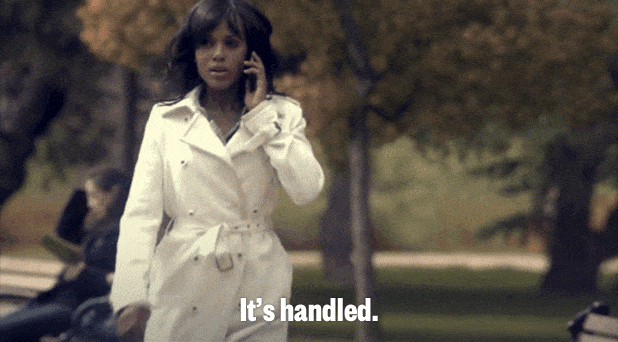It’s time to get real.
The other day I got lunch with an old friend of mine to catch up. I was telling him about the kind of work I do and we eventually got into the topic of web accessibility. Accessibility on the web is a subject that is very near and dear to me, and oftentimes I find that people don’t really understand its importance. When I tell business owners that they could possibly be sued for not providing a web experience that is accessible to their entire demographic of customers, I often receive an eye roll or get told, “That won’t happen, it’s just a website.” Sitting across the table from my friend, I got a similar reaction.
“Yea okay, but is web accessibility actually that important?”

Yes. It is.
We live in an odd time, and I think at this point we are all pretty aware of it. The internet is not a necessity to live, but it can no longer be viewed as a luxury for the few. Applying to jobs, finding housing, paying bills, scheduling appointments – all of these things, and more – have become a task for the internet.
With everything happening online, we need to make the web accessible to everybody who needs it, not just the privileged few. This means designing with strong enough color contrast so people with low vision can use your website. It means choosing a proper body font with a good weight that is easy to read for people with sensory processing disorders. It means making sure your site is easy to tab through and keeping all buttons above a certain size for people with limited mobility who cannot point-and-click as accurately. It means keeping your image file sizes small so your website can load on slower internet connections.
These issues go much deeper than, “it’s just a website”. A college boasts that they are trying to increase their diversity, but then their site takes 20 minutes to load on any internet connection slower than 4G. How can you expect people in low-income areas to apply to your university when they can’t even load your homepage? Or, a business claims to be an equal opportunity employer, but will only accept applications online on their confusing, poorly designed form. At this point in our society, having an accessible website should be considered in a similar vein to having a wheelchair ramp to get into your building.
Ok, so how do I make my website accessible?
As a designer, I only handle a portion of the job of keeping a website accessible, and I will say that it is a challenge. Many times I am left with the decision of “Do I want this to look how I pictured it in my head, or do I want it to work the best for everybody who will use my design?”
One thing I have found, however, is that accessible design much more often than not creates a better design. For example, when creating a color palette, I always get the colors close to where I want them and switch it to grayscale. I then edit each color until there is a solid amount of contrast between each and no two colors have a similar gray tone.
I personally like to use Coolors.co when I am editing my color palettes because they have a button to easily filter your palette with different types of color blindness, including achromatopsia (full grayscale). Usually after editing in grayscale and switching back to standard view, the palette looks more solid and balanced than it did prior. Similarly, switching to a more common readable body font isn’t just useful for people with sensory processing disorders or low vision, it’s also just good practice.
This is commonly known as the curb cut effect: designs that are made to benefit people with disabilities will often end up benefiting your larger user group as a whole as well. A cut in the curb is a necessity for people using wheelchairs, but it provides the added bonus of helping bikers as well. A change in your web design to make it more accessible to people with disabilities is beneficial to everybody else as well, so why not do it?
Simplicity is key.
One of the reigning rules of good design, especially interface design, is simplicity and ease of use. Do everything in your power to make your website as easy to navigate as possible, and more people will use it. Keep your content focused and simplified and you will find people respond to it much better. Designing for accessibility is ultimately the same. Every decision you make should have a goal in mind, and that goal should be to easily guide your users through the flow of your site without distractions and confusing content.
I’m not going to tell you every step of the process to making a fully accessible site. There are plenty of other articles and blog posts out here on the internet that are doing just that. What I have found is that actually making a site accessible is only half the battle. Oftentimes the real challenge is in convincing someone that they need an accessible site in the first place, and this ultimately boils down to how they view the internet as a whole. If they see the internet as a luxury for only a few, then they will likely never be willing to put in the effort to make their website usable for all. However, if they view the internet as an essential way to access important information, then they will be more open to doing what it takes to be accessible.
So you want an accessible website, but it sounds like way too much to do on your own, right?
Don’t worry, we got this. Just give us a call.



